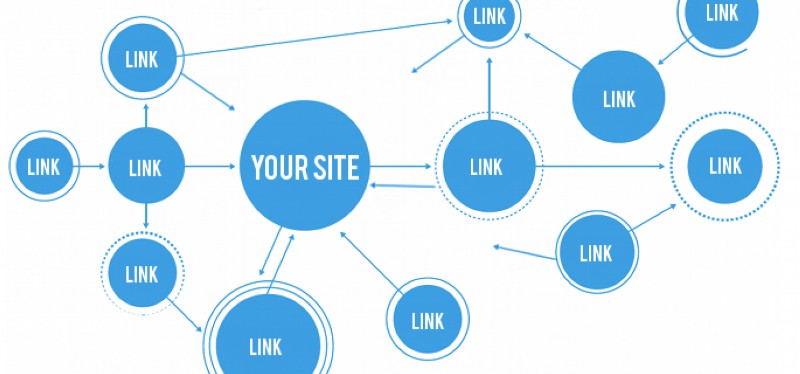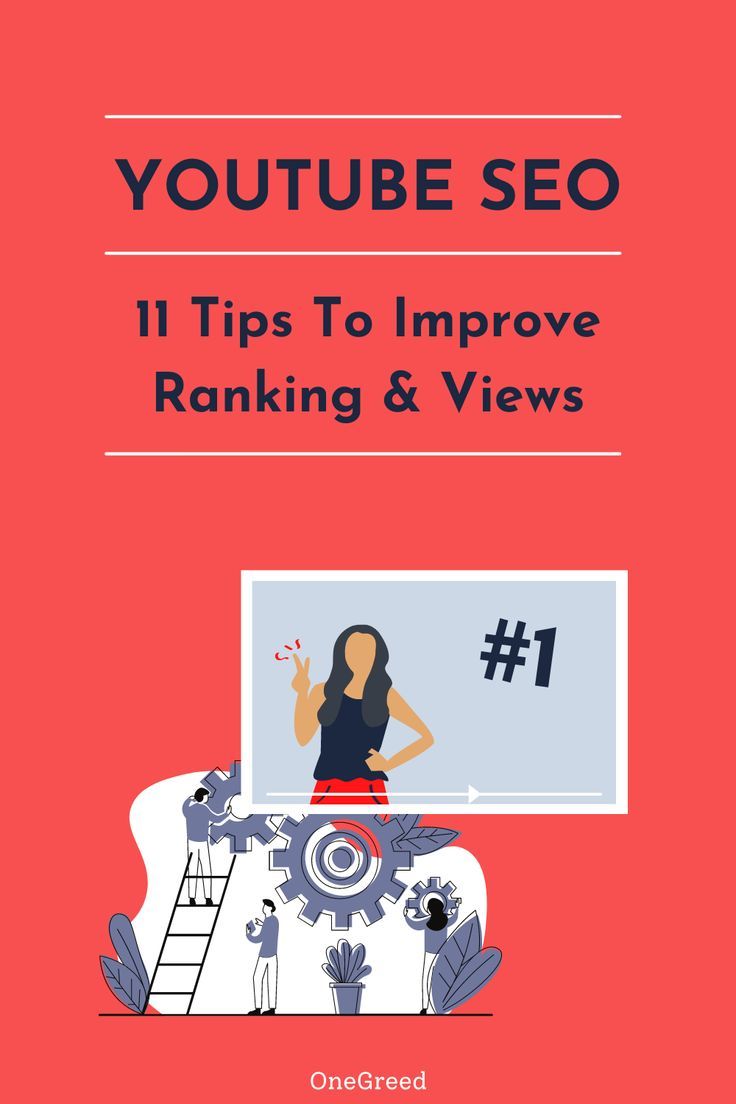
Small businesses can reap the benefits of search engine optimization. SEO can be a great tool for small businesses. Organic traffic is usually the best source of referrals. However, direct traffic comes when people visit your website and either bookmark it or type its URL. If searchers cannot find your website on the first page of Google, they will still find it through the search engines. SEO allows you to be found in search engines, which results in more organic traffic and sales. Here are some tips for making your website more visible to search engines.
The lifeblood of SEO is the links
It is possible to generate passive links to your site by creating top content. Content like podcasts, infographics, and blog posts can help you attract links. The presence of links indicates that other websites are more likely to favor your content. The more links you have, the higher your site's quality and value. Creating and submitting press releases, business directories, and generating content as a guest on third-party blogs are all great ways to generate relevant links.
Blog posts can keep your website's content fresh and current.
A blog is an important tool for small businesses. It can help build trust and clout in the industry which will lead to higher conversion rates. It allows a business to show its personal side, while still adhering to the corporate vision and standards. A blog helps small businesses differentiate themselves from their competitors and increases demand for their products. You should start blogging today.

SEO strategy should include technical audits.
A technical audit can be a crucial part of any SEO strategy. A technical audit can reveal many problems with a website. One case involved a company that split its content into seven domains. Each domain had its own SEO power. The company then redesigned their site without a proper migration strategy, leaving thousands of pages and hundreds of thousands of inbound links in limbo. The result? The website is currently not able to rank well in Google and other search engine searches.
Creating a logical website structure
A logical website structure is one of the best SEO strategies for small businesses. The website should include a home page, service pages, and individual pages that describe each service. Most websites follow a pyramid-like structure, with the homepage at the top. Google indexes sites with a consistent website structure, which makes it easy to avoid duplicate pages that compete for the exact same keywords. To ensure that search results appear higher, it is essential that the pages most relevant to the site are first indexed.
Organic traffic can be driven by long-tail keywords
Long-tail keywords can be a great tool for small businesses, even though you might not think it's possible to compete against giants like Amazon and Google. Long-tail keywords can be search phrases that contain at least four words. These are more specific search phrases and have a higher conversion rate. Long-tail keywords can be found in many places including Google Analytics, social media reporting, YouTube video statistics and Google My Business listing insight.

FAQ
What is On-Page SEO?
On-page seo refers the actions that you take on your website to increase its rank in search engines. On-page optimization includes site architecture, page titles and meta tags. Image alt text is also included. Off-page is any activity that does not improve your website's rank. These include social media shares, press release, backlinks, and other activities that can improve your website's ranking.
How much does SEO cost?
SEO costs depend on the size and industry of your business, as well as your budget. Smaller companies may only require a few hundred dollars per month, while larger companies will likely spend thousands per month. Our free SEO calculator can help you estimate the cost of SEO.
How do you create an SEO strategy?
The first step in creating an effective SEO strategy is understanding what you want to achieve and how you will go about achieving this goal. This will allow you to organize your content around these goals.
The second step is to begin working with keywords. Doing keyword research can give you insights into what people are looking for by analyzing the terms they use. You can then create articles on these topics by using this information.
Your target keywords should be included in your articles once you have finished writing them. You should optimize every article by including images and videos. Link to related pages whenever you can.
After you have completed all of the content on your site, it is time to optimize that content!
Statistics
- 93%of online experiences today begin on search engines. (marketinginsidergroup.com)
- If two people in 10 clicks go to your site as a result, that is a 20% CTR. (semrush.com)
- 64% of marketers actively create SEO campaigns because they help hit multiple key performance indicators (KPIs), including increasing traffic, helping your site rank for relevant keywords, improving your conversion rate, and much more. (semrush.com)
- Deleting those 10k pages is one of the main reasons that he improved his site's organic traffic by nearly 90%: (backlinko.com)
- Which led to a 70.43% boost in search engine traffic compared to the old version of the post: (backlinko.com)
External Links
How To
How to Make a Successful Search Engine Optimization Campaign
Creative writing is not for everyone. You need to know how you can stand out.
Most writers are very similar. They tend to follow the same patterns when they write. They often repeat themselves, and fall back onto cliches.
Breaking out from old patterns and coming up with new ideas is the key. Thinking outside the box is key.
It also means finding ways to make your writing more interesting. When writing for an audience, you must consider what makes them tick. What drives them? What makes them laugh? What makes them smile?
What excites them most? What scares them?
When you sit down to create, think about these questions. Next, ask yourself why someone cares about what you are saying. What makes you think anyone would read what you have to say?
Once you know this, you can begin crafting your story.
Your hook is the first thing you should do. Your opening line is essential. This is the first impression that readers will get of you. So choose wisely.
Next, decide whether your piece is going to be informational or persuasive. Informational pieces explain facts. Persuasive pieces convince readers to agree with you.
Finally, you need to decide whether or not you will be telling stories and giving examples. Stories are captivating. Exemples are an example of how something works.